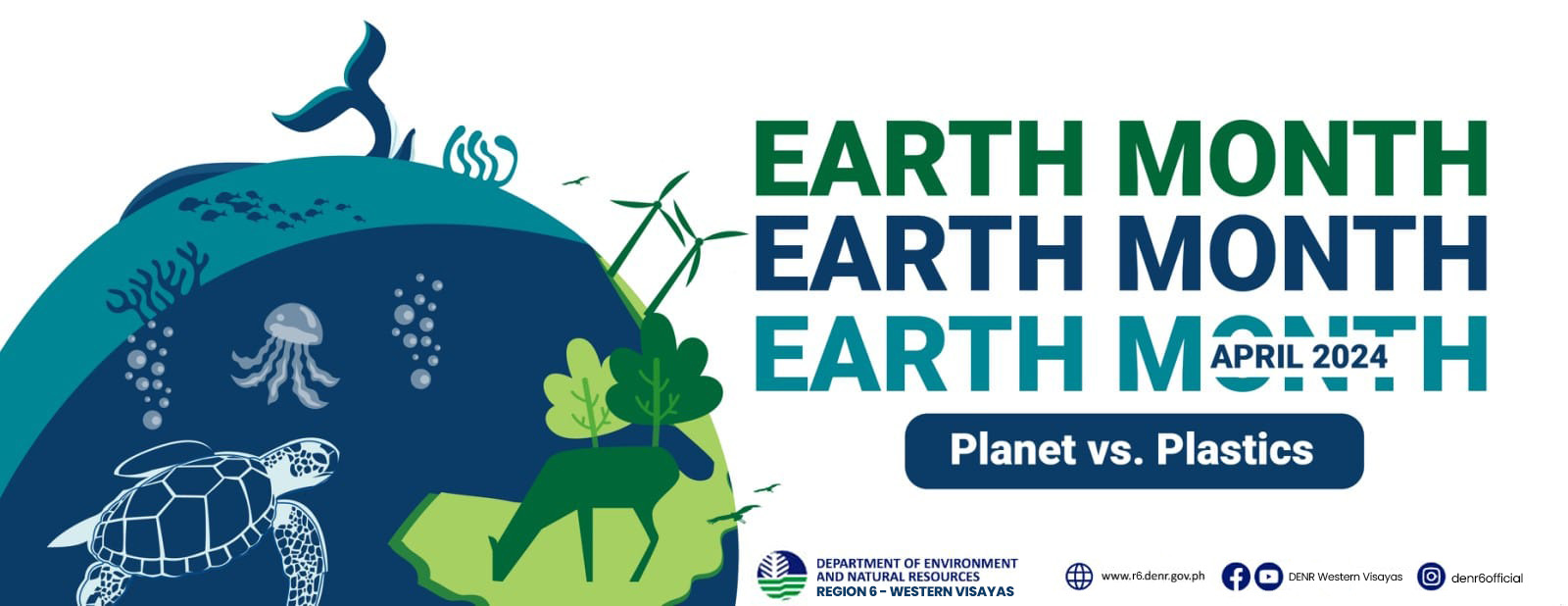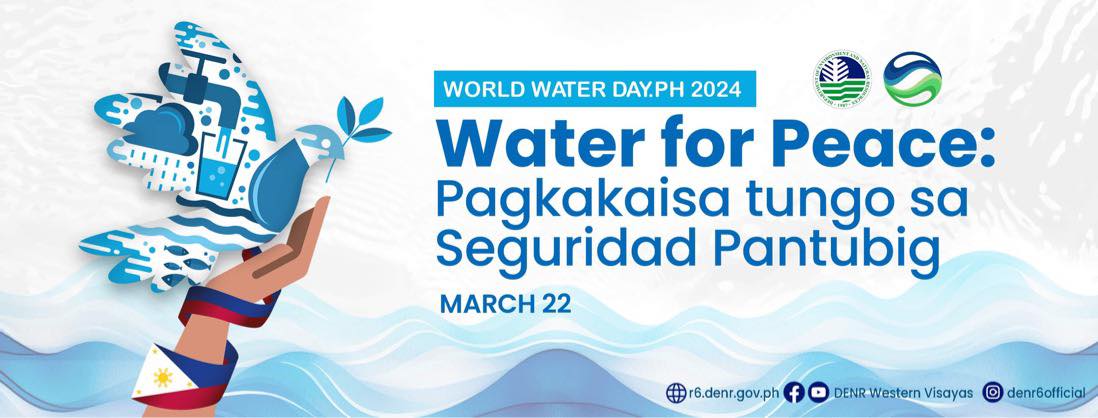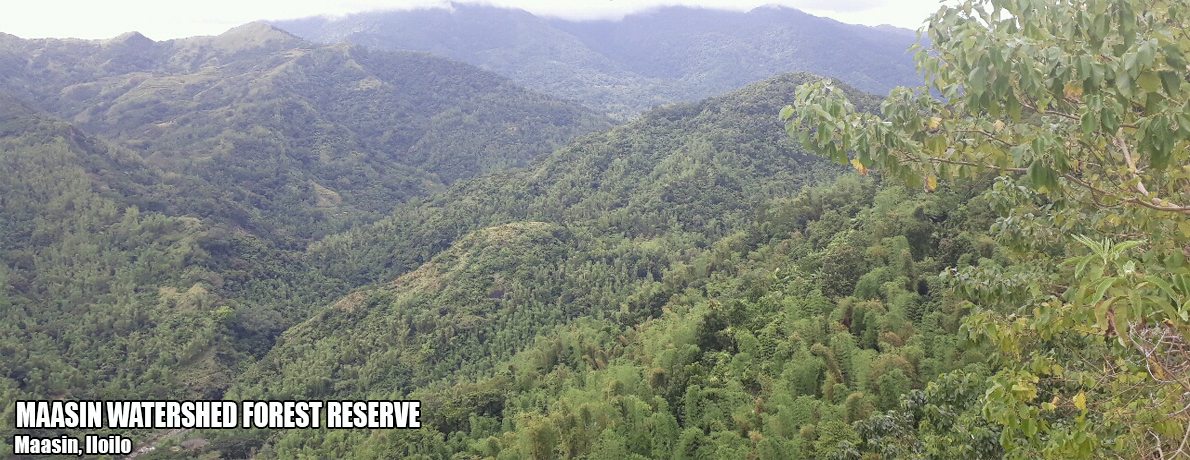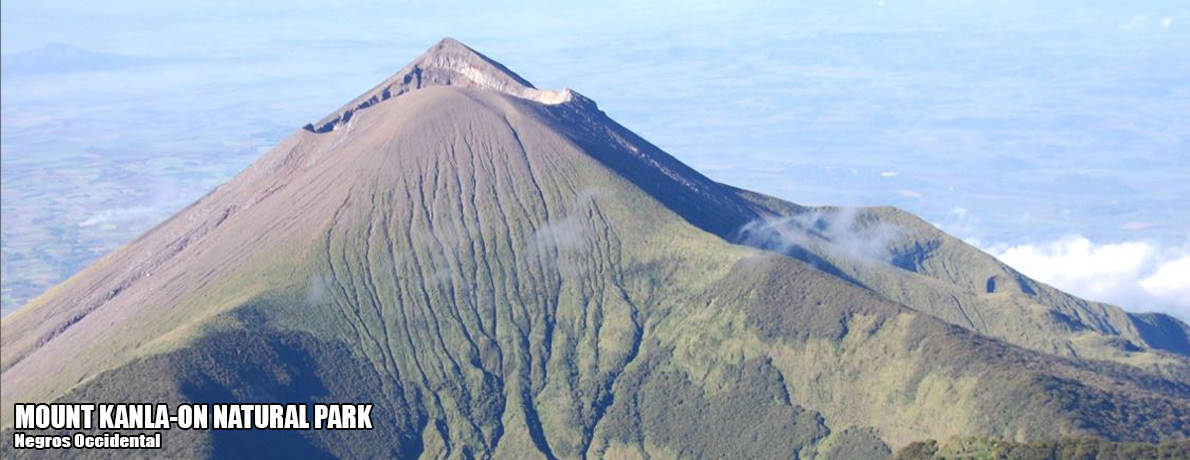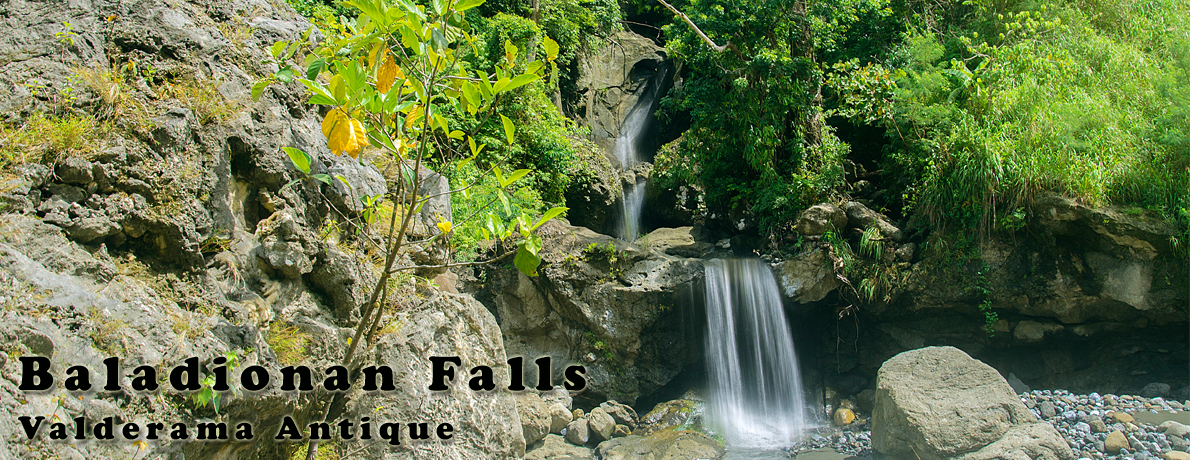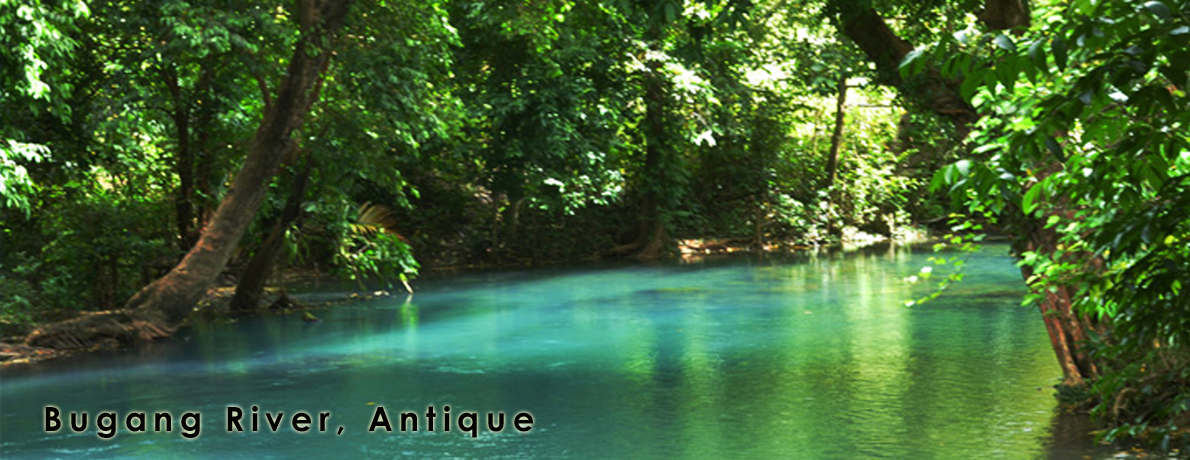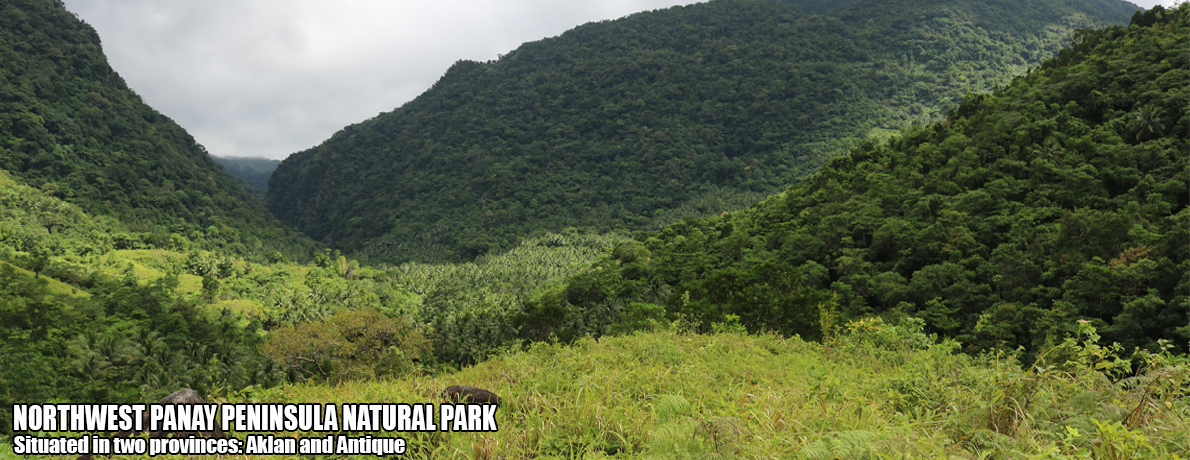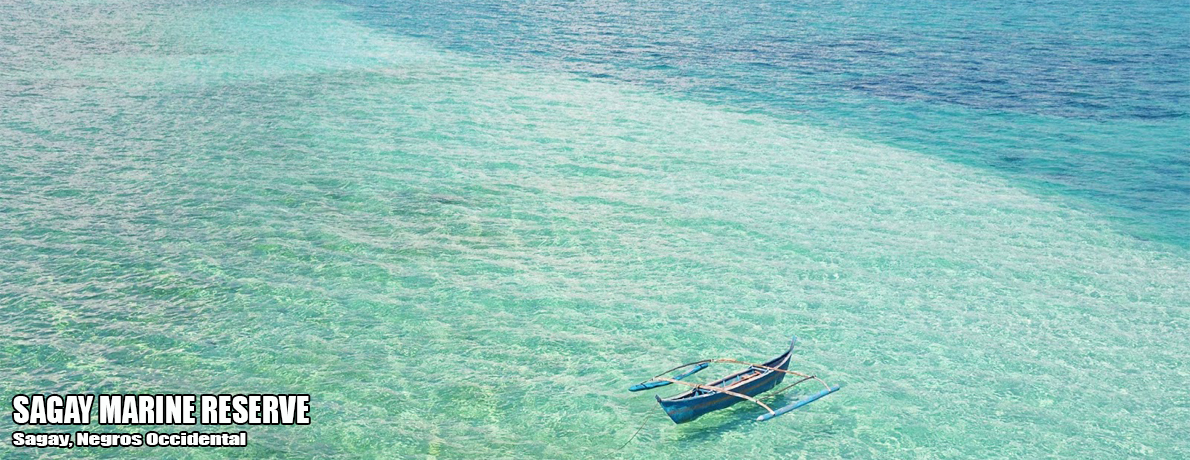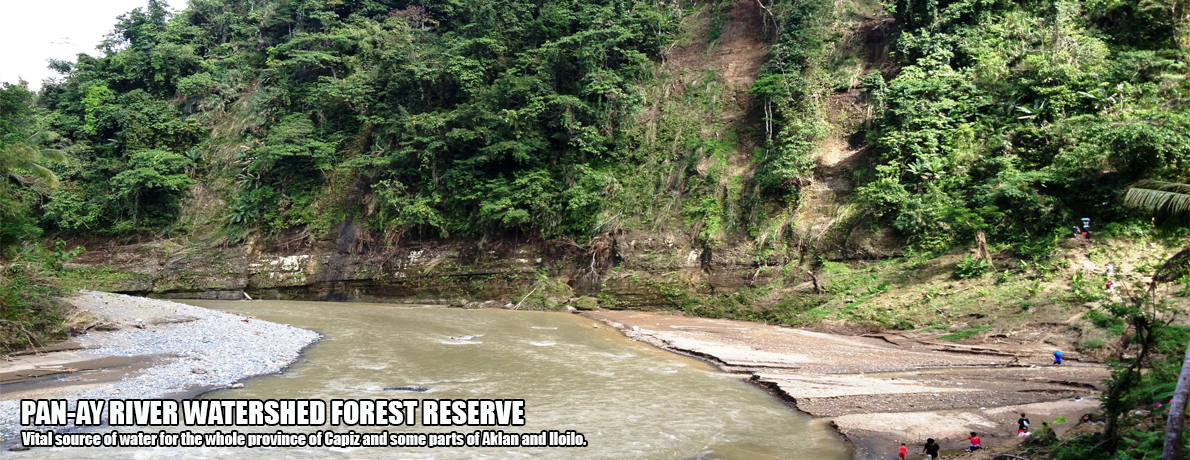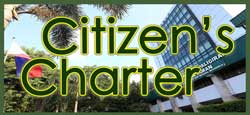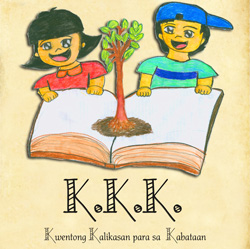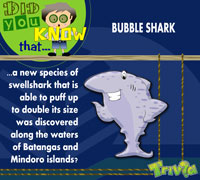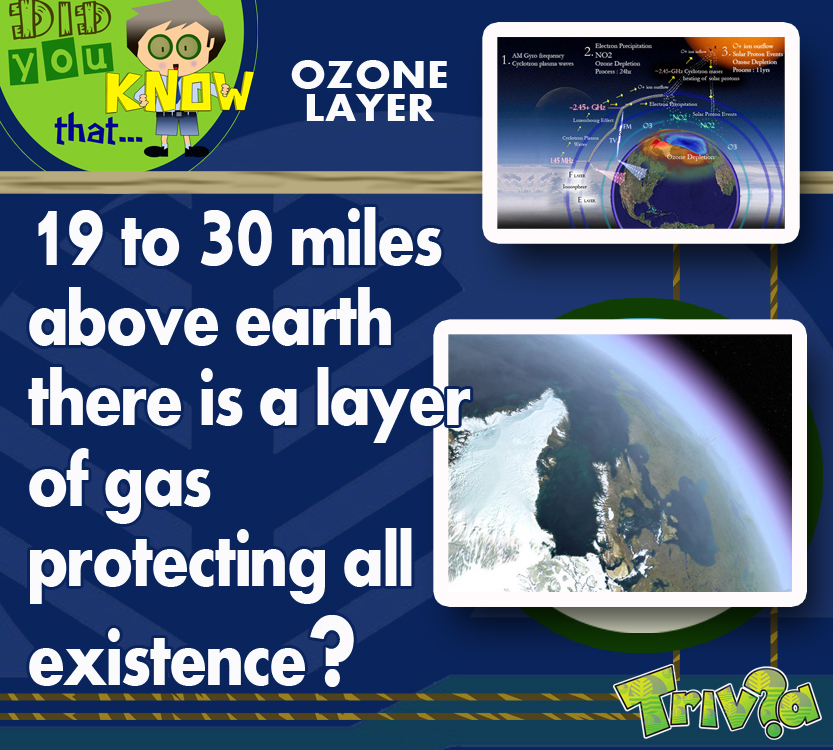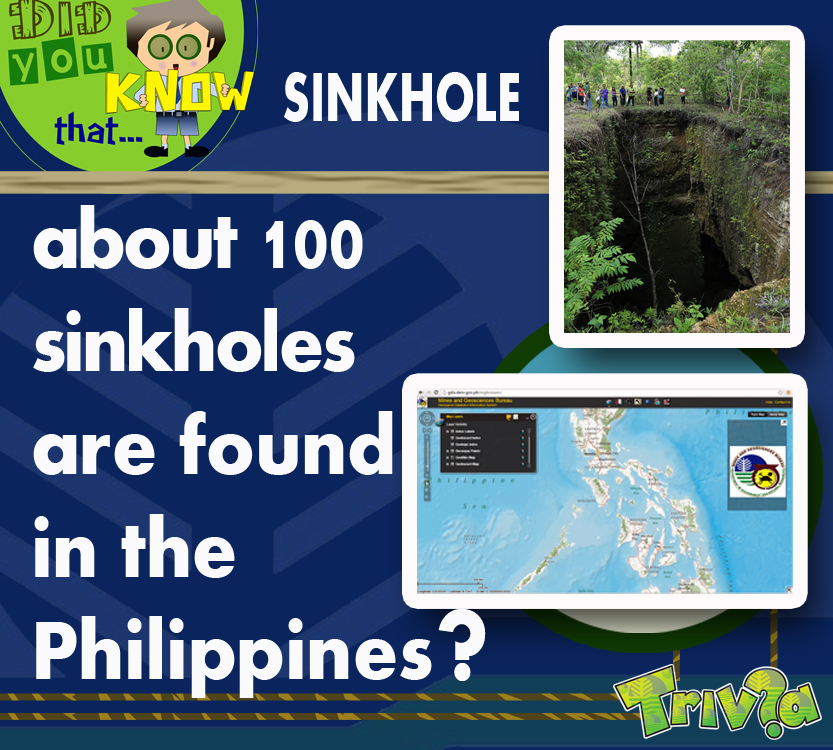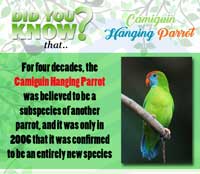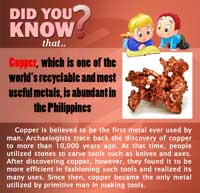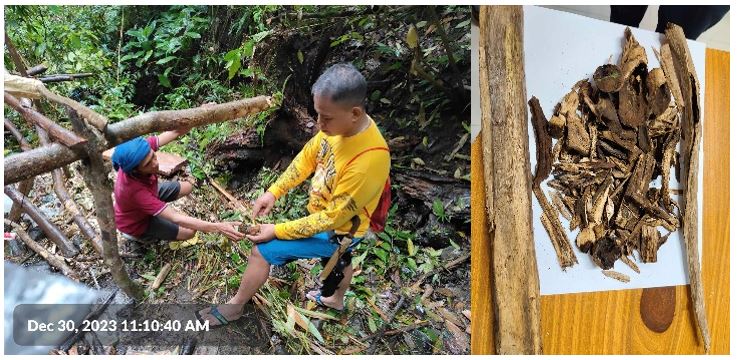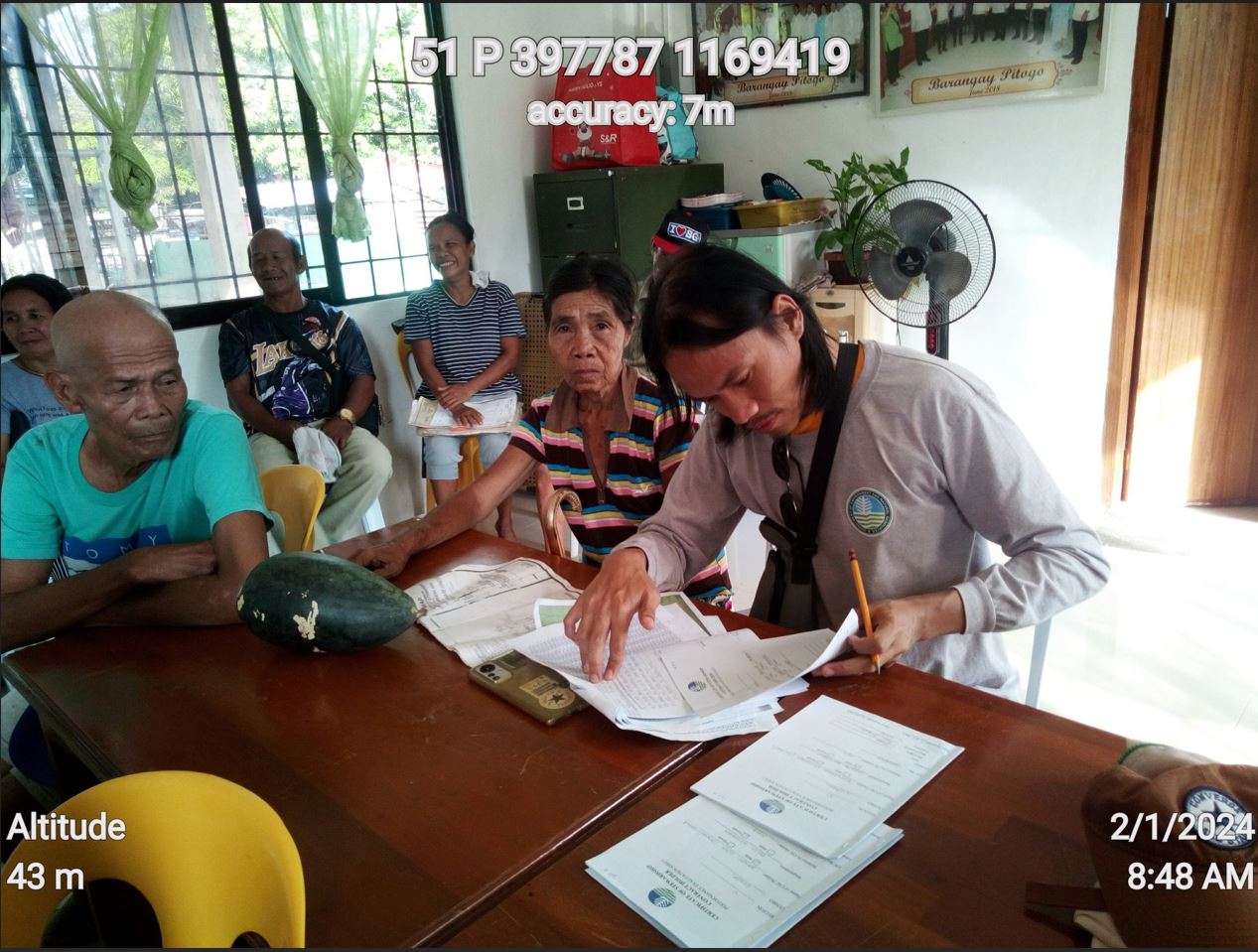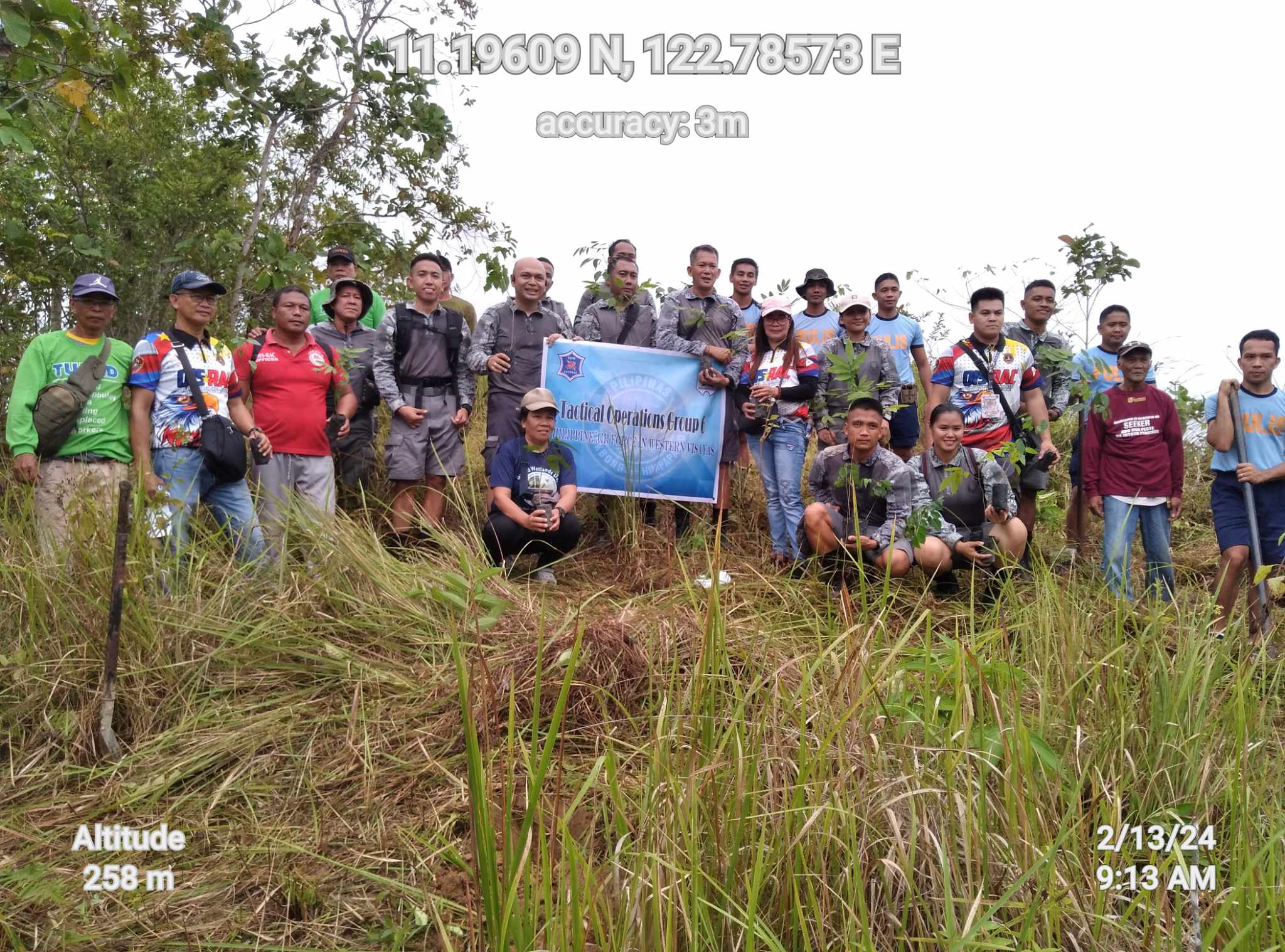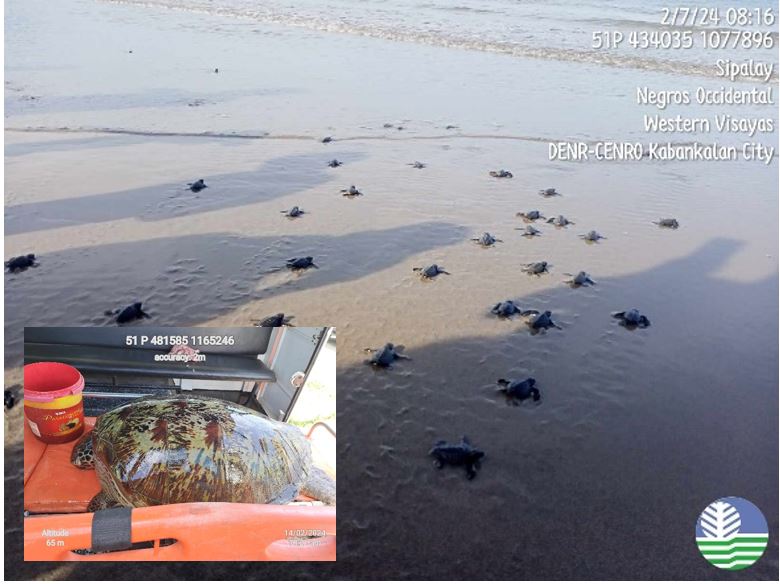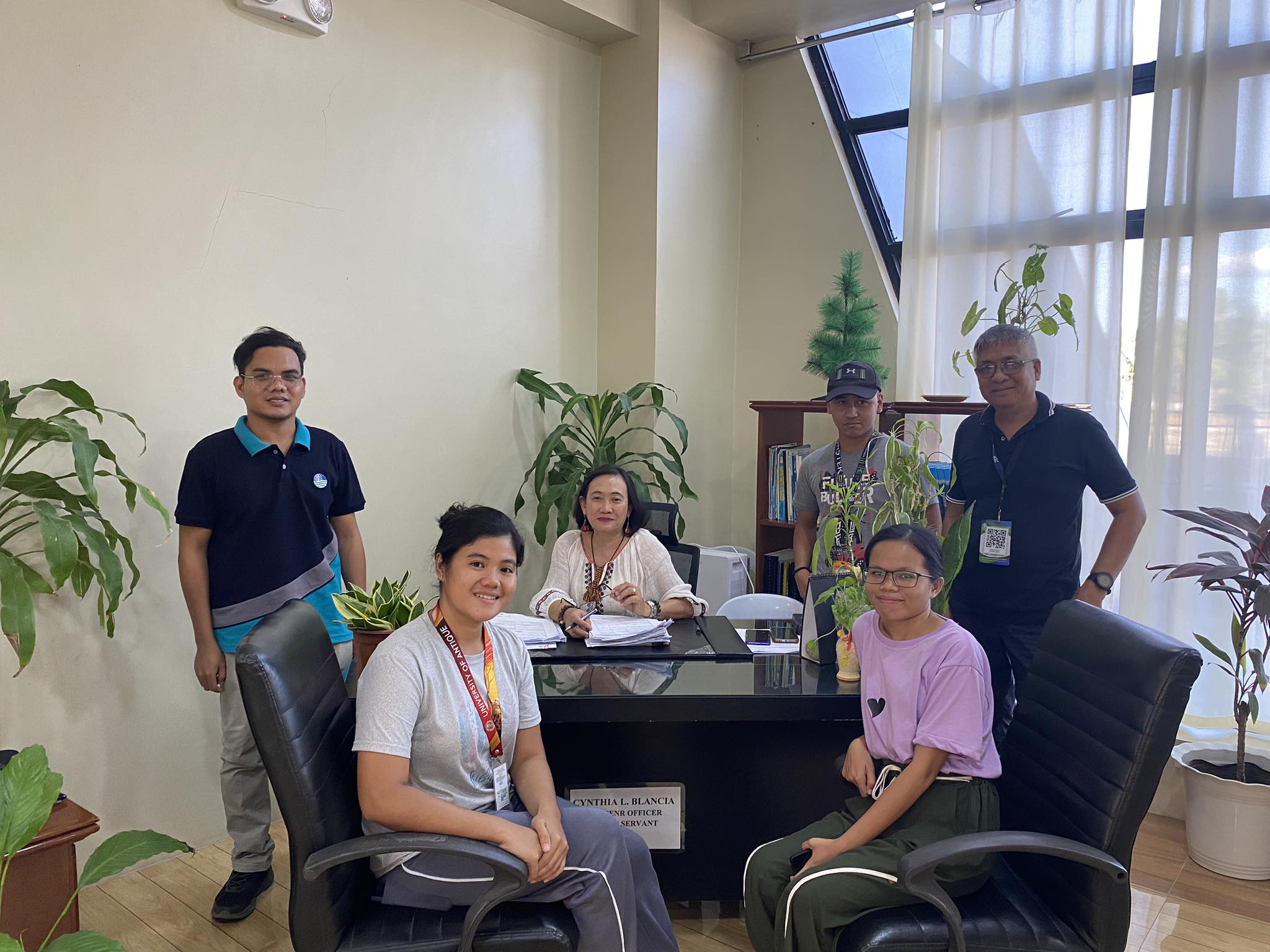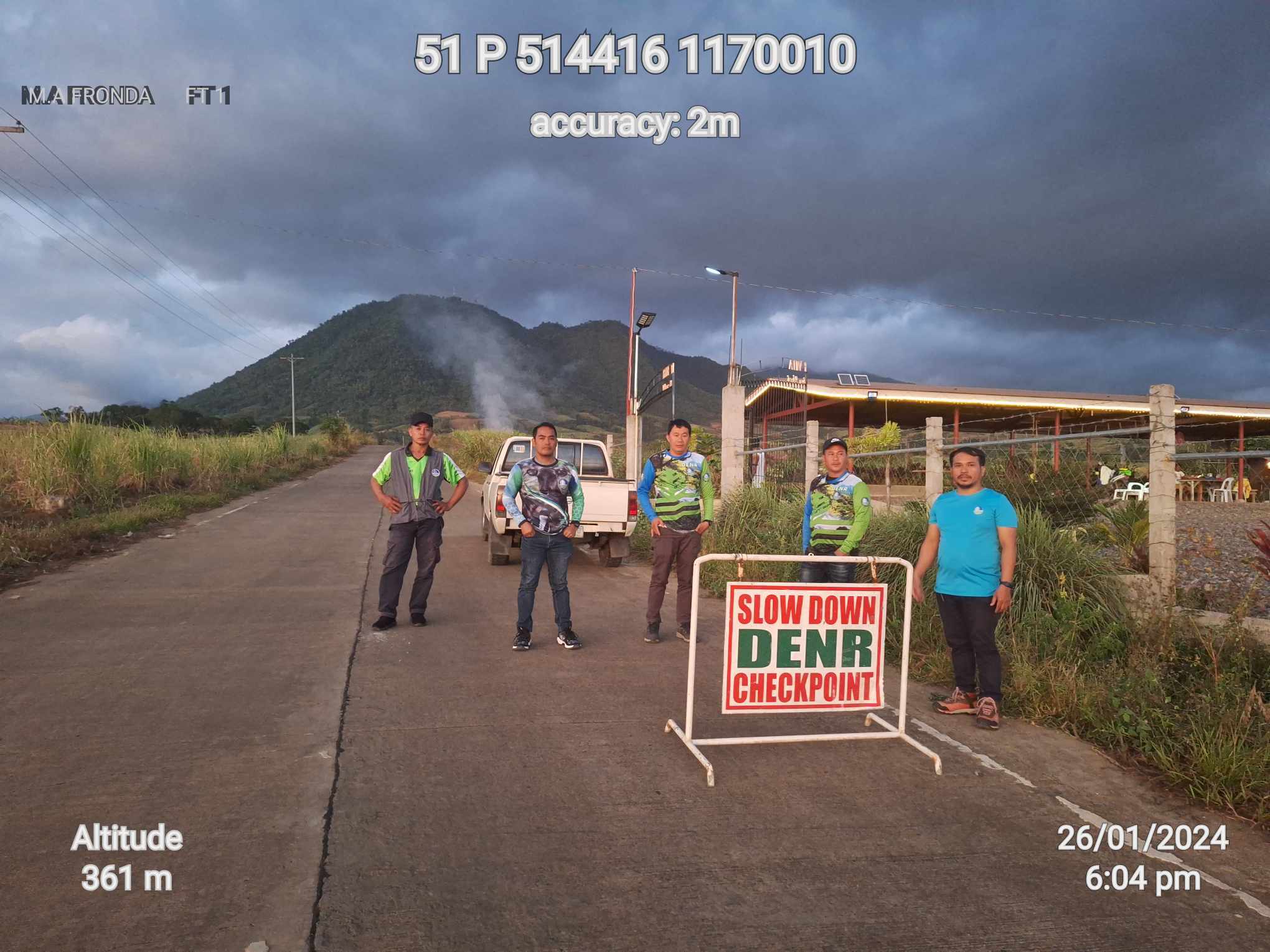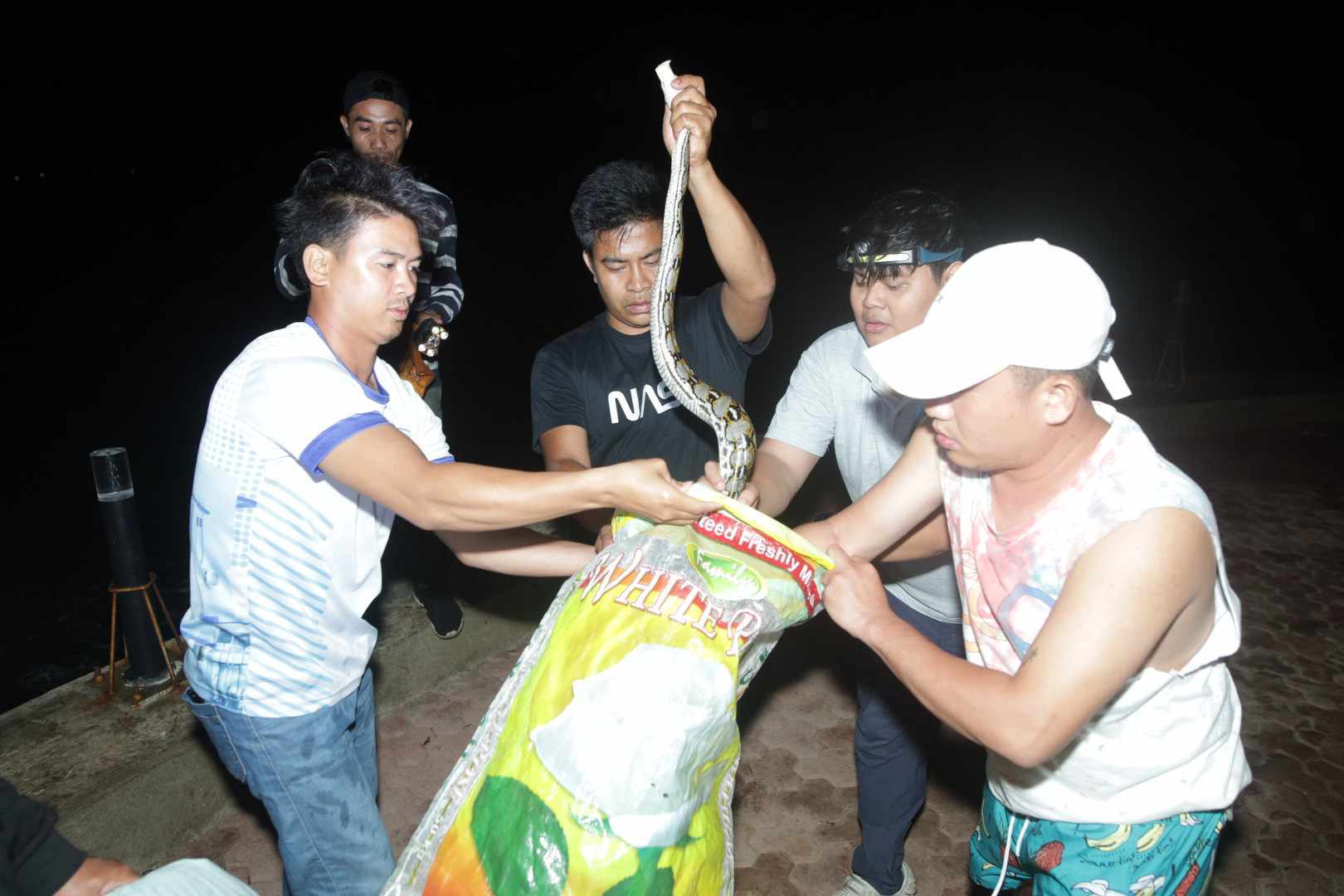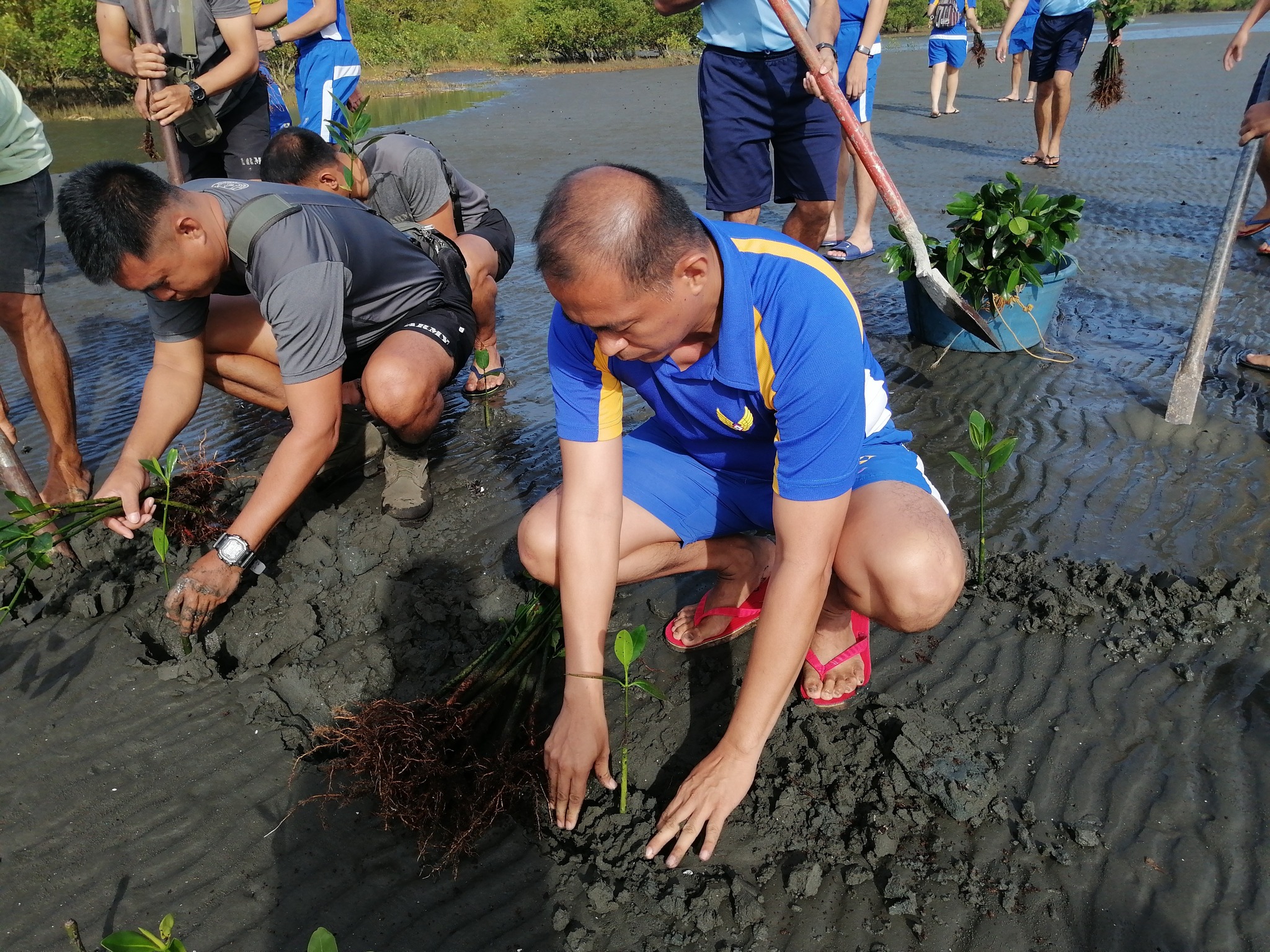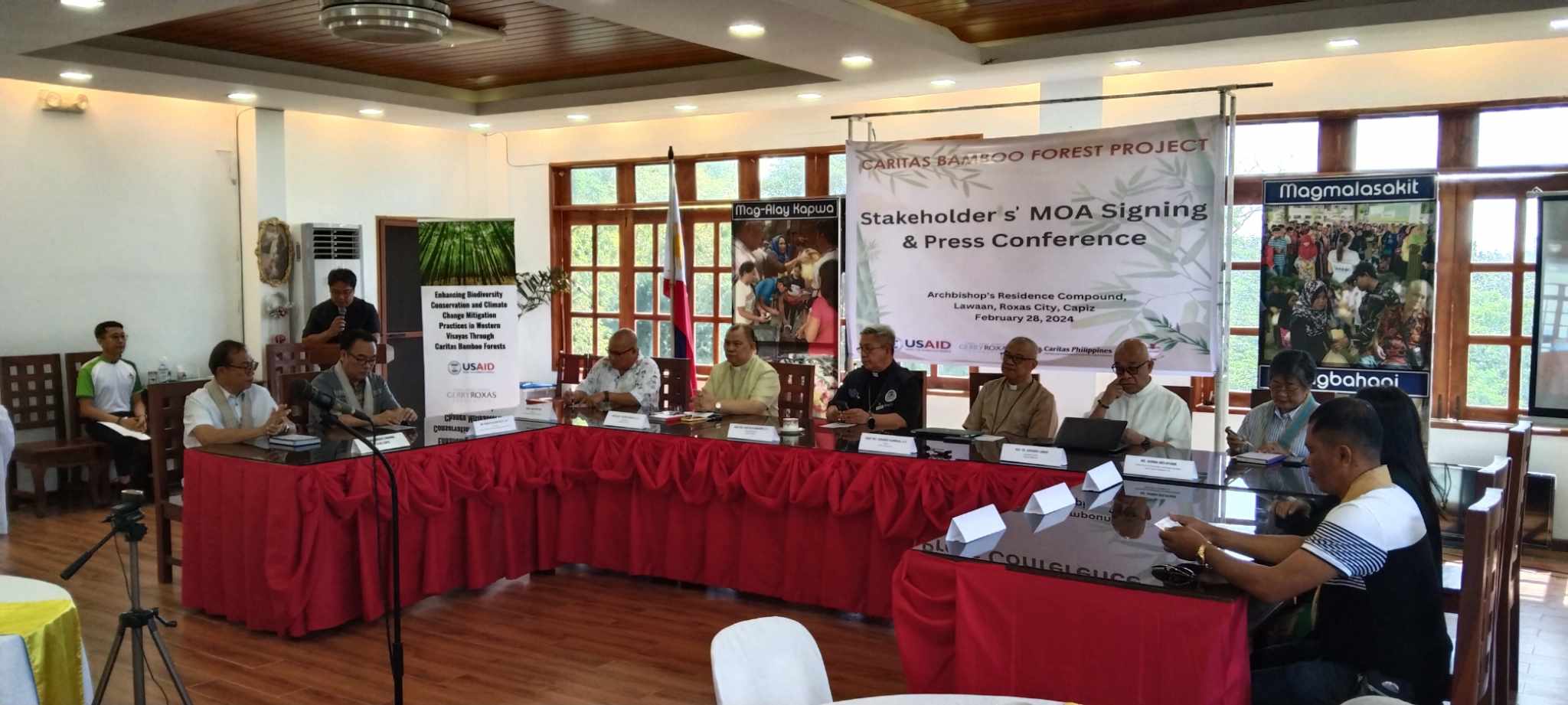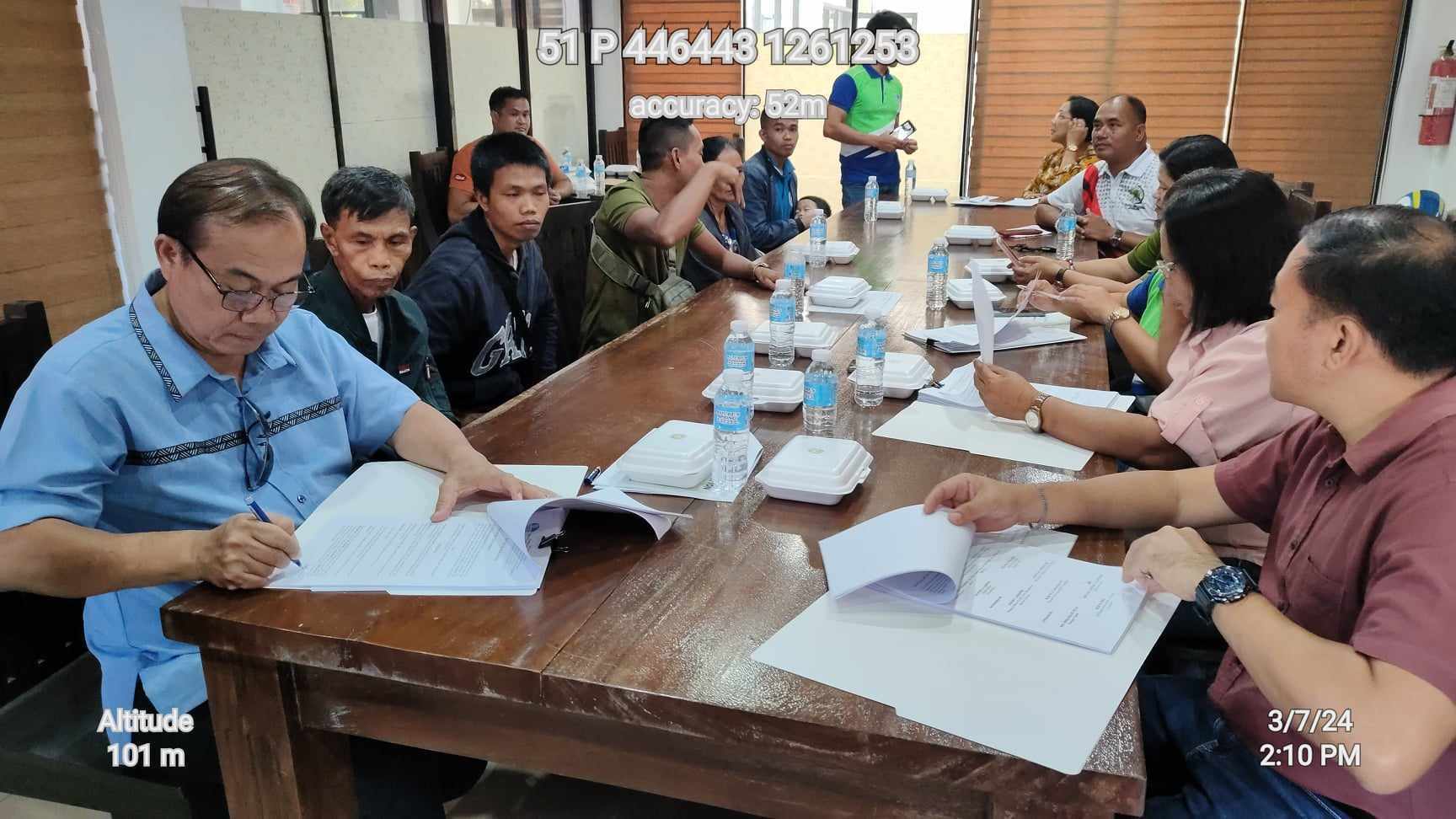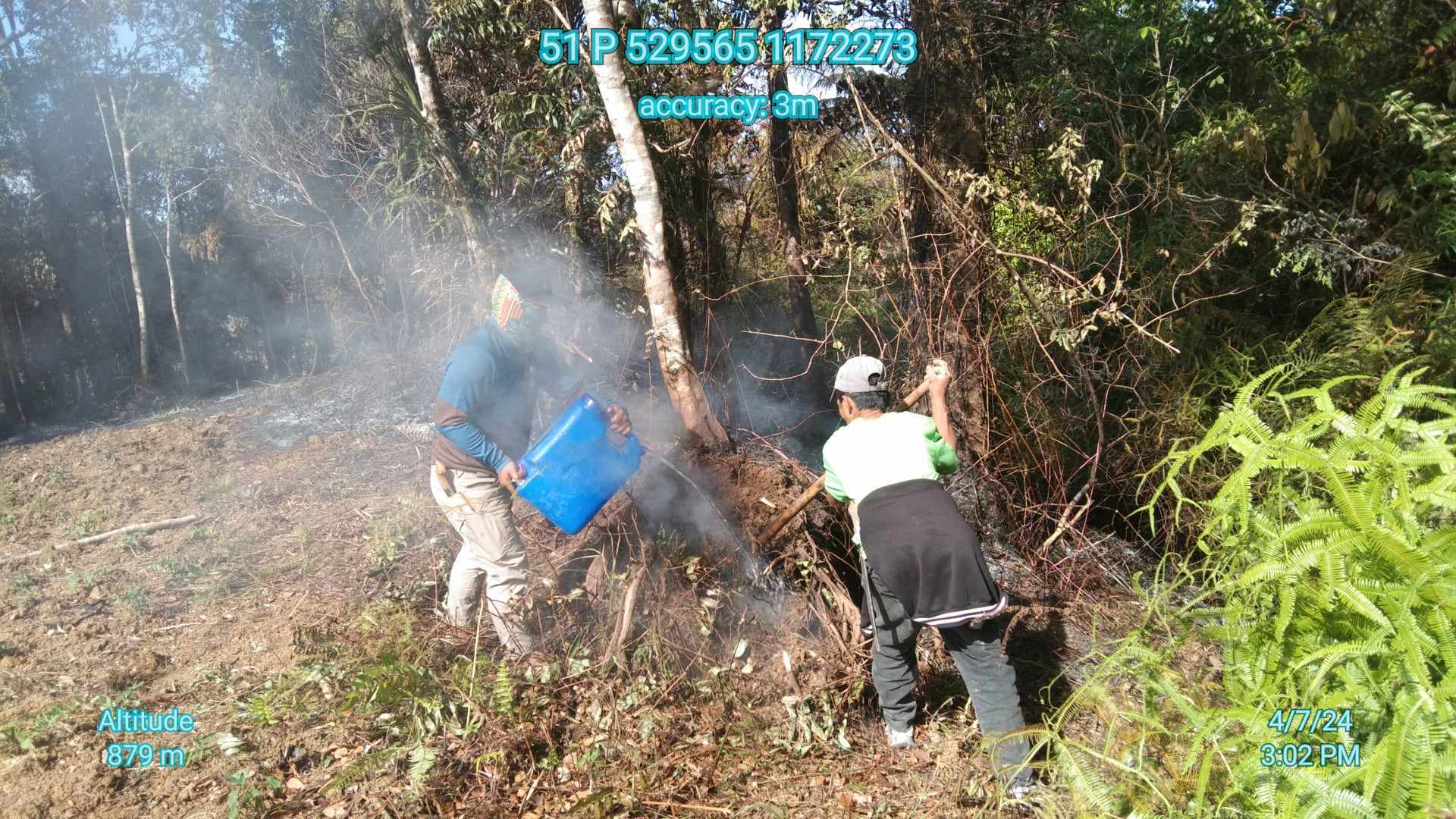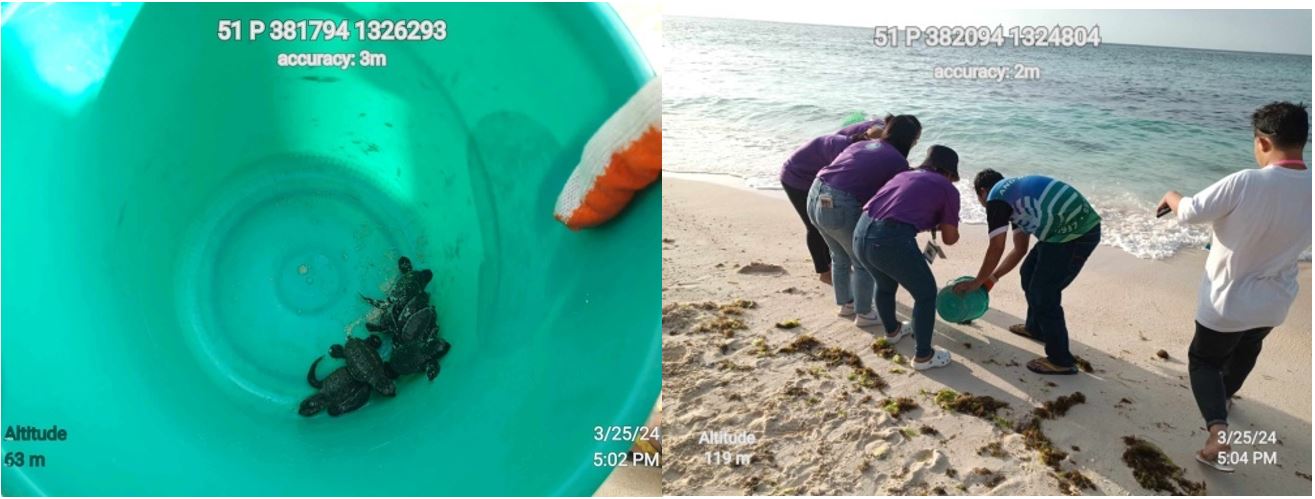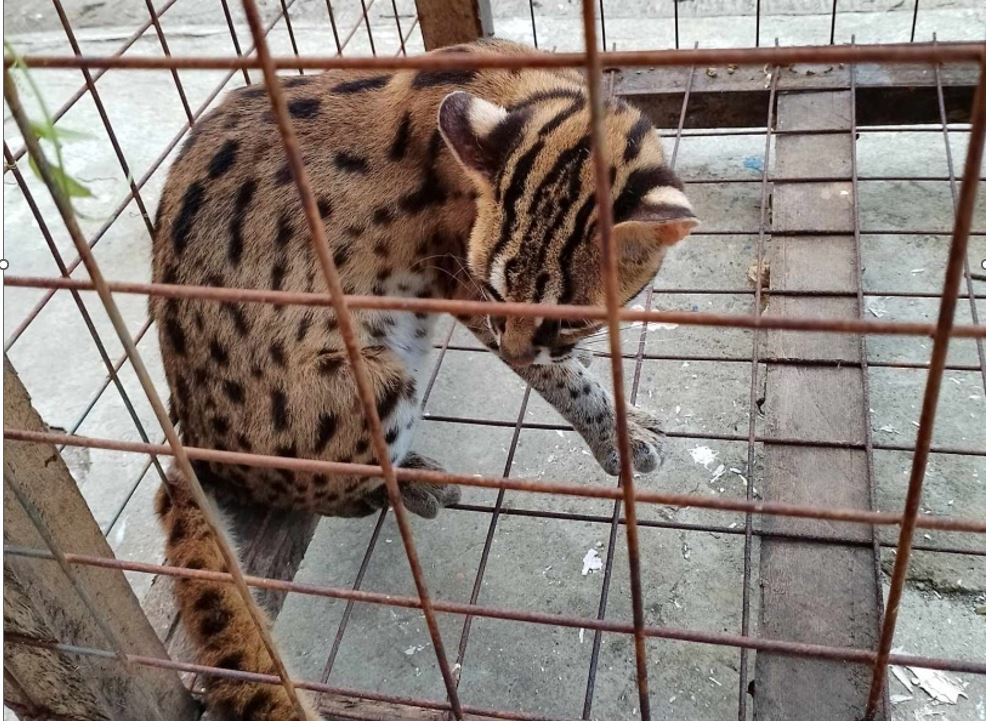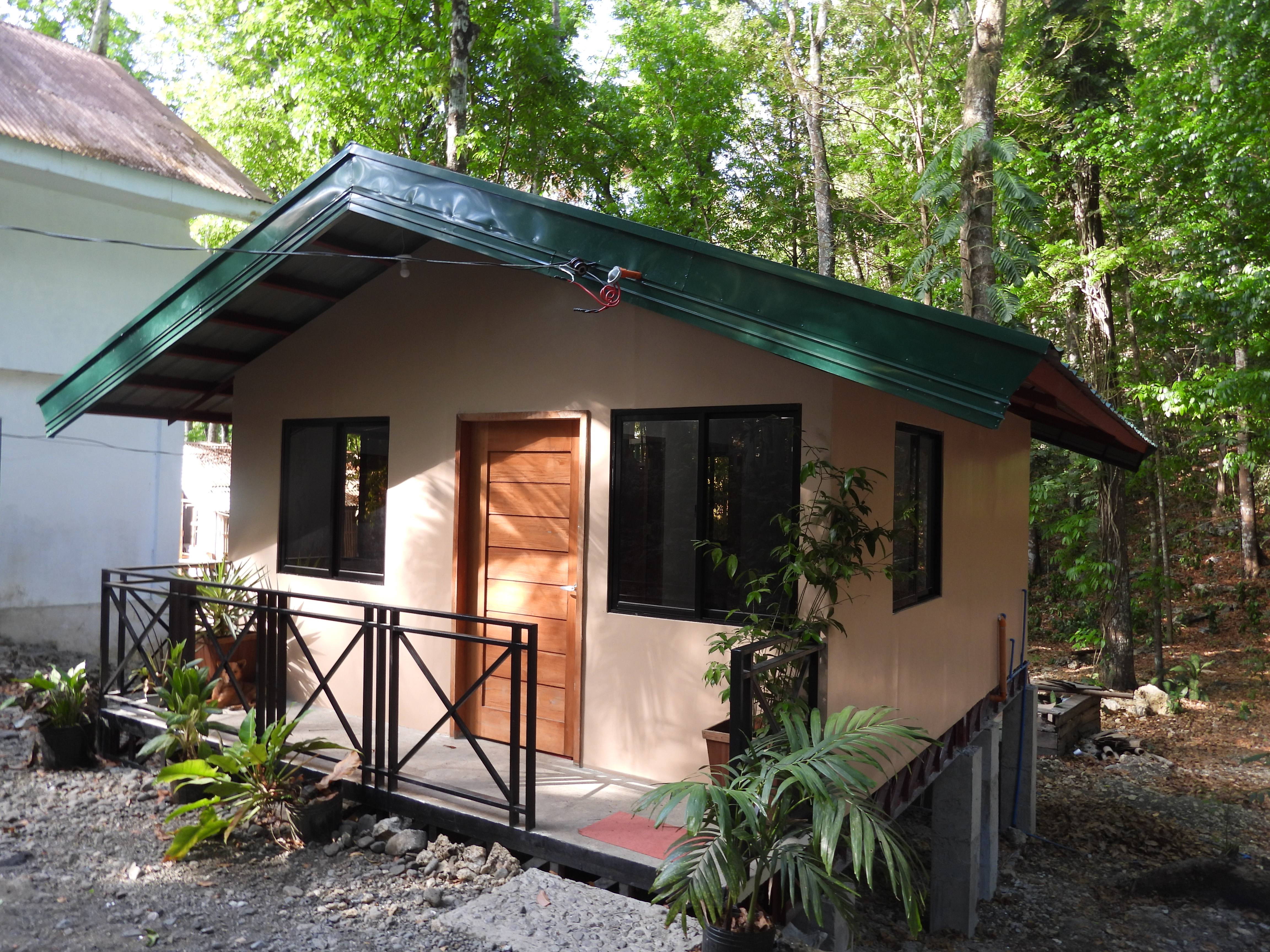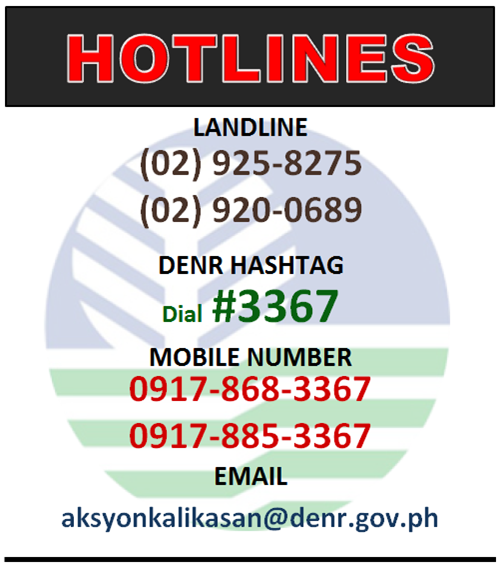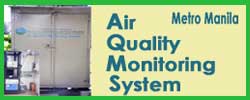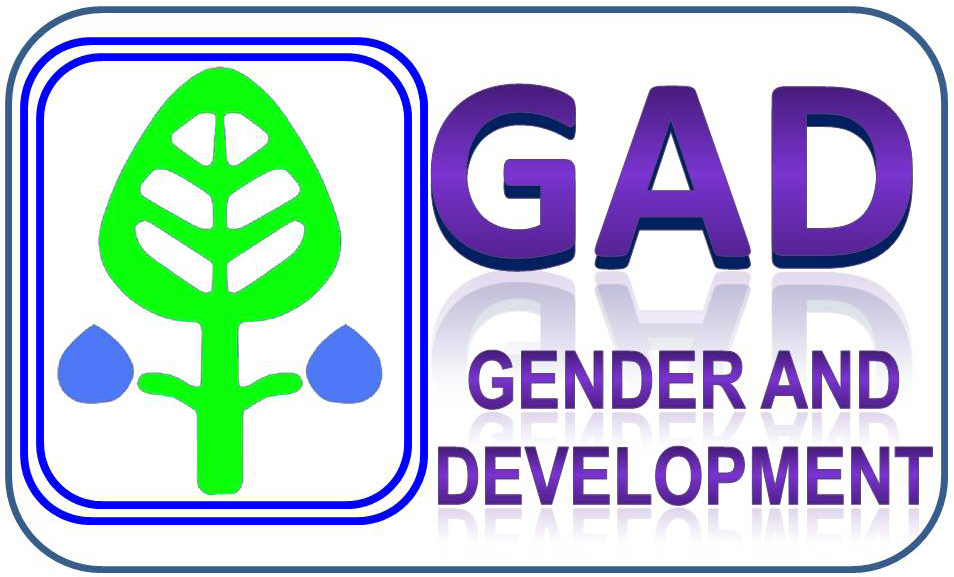The Department of Environment and Natural Resources (DENR) has classified 35 more rivers, bays and lakes for their best uses, bringing to 824 the total number of duly classified water bodies nationwide since the enactment of Republic Act 9275 or the Philippine Clean Water Act of 2004.
The additional list of classified water bodies was contained in a memorandum circular issued by DENR Secretary Roy A. Cimatu, pursuant to Administrative Order 2016-08 or the Water Quality Guidelines and General Effluent Standards of 2016.
RA 9275 mandates the DENR to categorize water bodies—whether freshwater or coastal—according to their quality, area, purpose and vulnerability to pollution.
Fresh surface waters, which include lakes, rivers and reservoirs, are classified as “AA,” “A,” “B,” “C,” and “D.” Coastal and marine waters, on the other hand, are classified as “SA,” “SB,” “SC,” and “SD.”
Cimatu said the classification helps water managers and planners to develop proper water quality management programs and provide the standards to protect aquatic life and human use of their specific water bodies.
“With these classifications, we are able to determine the programs and activities to implement so that we can optimize the use of our water resources and make them beneficial to our welfare and health,” the DENR chief said.
Under the circular, nine rivers in Region 9 or Zamboanga Peninsula were classified as Class “B” and “C”. These are Batu, Binuangan, Buayan, Catituan, Lambuyong, Logpond, Lutiman, Suloan and Sinusayan rivers. Class “B” refers to recreational water intended for primary contact recreation such as bathing and swimming, while Class “C” pertains to fishery water for propagation and growth of fish and other aquatic resources.
Four rivers in Region 4B or MIMAROPA were classified either as Class “C” or “SC,” which pertains to fishery water for propagation and growth of fish and other aquatic resources and intended for commercial and sustenance fishing. Classified as “SC” waters are Sabang River in Sabayan, Occidental Mindoro; and Bangon, Gabawan and Bongoy rivers in Romblon.
Portions of Guimaras and Iloilo straits in Region 6 were declared as Class “SB” or fishery water suitable for commercial propagation of shellfish and intended as spawning areas for milkfish and similar species. Bicol region’s Masbate Bay and Mobo Bay, both in the province of Masbate, were classified as Class “SC” and “SB,” respectively.
Caraga region’s Mamkas River in Agusan del Norte was categorized as Class “A” or one intended as water supply source requiring conventional treatments like coagulation, sedimentation, filtration and disinfection. Also classified as Class “A” were Muleta and Aloran rivers in Region 10 and Alibunan River in Iloilo (Region 6).
The Camgat-Surong and Dinauyan rivers in Region 2 were classified as Class “C” and “B”, respectively. Both the Balaong and Madlum rivers in Region 3 were categorized as Class “B” or recreational water intended for primary contact recreation.
Portions of Muleta and Aloran rivers in Region 10 were classified either as “A”, “B”, and “C”.Batangas’ Lobo and Pamintahan-Tubig ng Bayan-Sala rivers were classified as Class “B” and “C”, respectively. Cebu’s Bojo River, the lone water body classified in Region 7, was categorized as “Class B.”
In Region 11, the Mayo River and Mayo Bay were classified as “B” and “SB,” respectively.Three rivers in Region 12—Glan, Malapatan and SapuMasla—were classified as “B”, “C”, and “C,” respectively. ###

